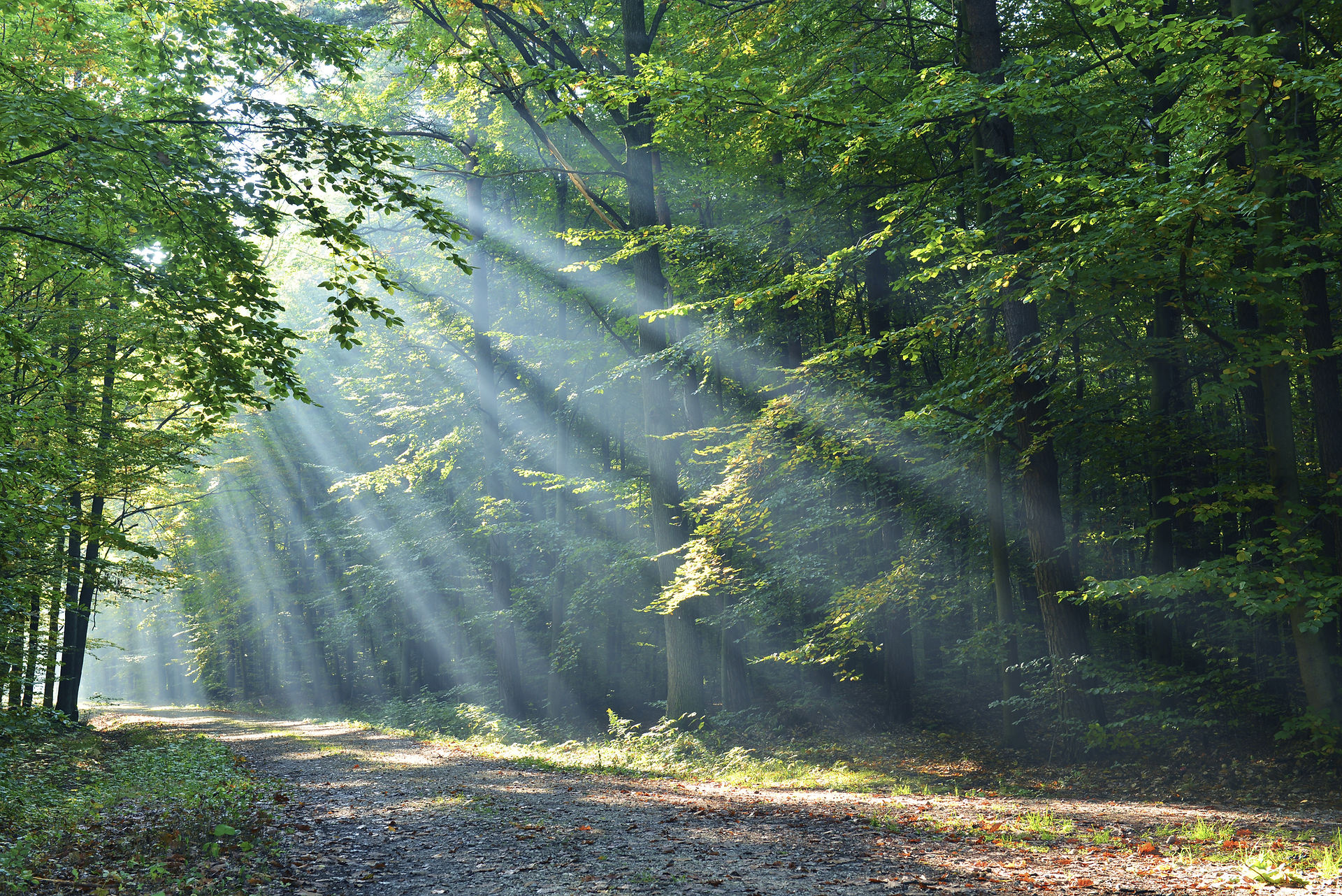Featured Fungi: Turkey Tail
- Duncan Keller

- Mar 3
- 2 min read
Among the most distinctive mushrooms in California's woodlands is the turkey tail, also known as Trametes versicolor. The species name means “of many colors,” due to the differing bands found on individual mushrooms, as well as varied color schemes from one location to the next.

The turkey tail is a wood decaying specialist that breaks down complex organic compounds in wood for food. It has the power to decompose some of the sturdiest beings in nature - trees! You may have felt evidence of this when stepping on what seems to be an intact log in the woods, only to find that it collapses into mush under your feet. Were it not for organisms like turkey tail, dead material would endlessly stack up. Not only that, but vital building blocks necessary to support new life would be trapped.
But what does it mean if turkey tails are growing on a living tree in the landscape? Is the tree in danger? Is it at risk of failing and harming people or property? As usual with biological questions... it depends. Trametes versicolor is a white rot fungus that can decay both cellulose and lignin, meaning that it is particularly effective at turning wood into what feels like a brittle sponge. However, unlike parasitic fungi, it is not known to attack living wood. It also tends to feed on sapwood and avoid heartwood, the latter of which helps stabilize mature trees.

Turkey tail may not attack trees directly, but mushrooms on wood still imply that decomposition has been happening behind the scenes. The mushroom is the tip of the iceberg, showing that the fungus has been at work for a while. The extent of decay is impossible to know just by looking at the mushroom. Although some trees may look healthy and green, fungal decay can still compromise their stability. It is possible that other species of fungi may be at work elsewhere in a given tree as well, especially if it is wounded or stressed. This may contribute to the decline of a tree.
Trametes versicolor and many other wood-decay fungi are fascinating and mysterious. I never tire of encountering a new species in the woods, park, or garden. They always have something to tell me about the tree they are growing on. If you have any questions about what a mushroom might be telling you about your tree, feel free to contact a certified arborist for interpretation and advice!





Comments